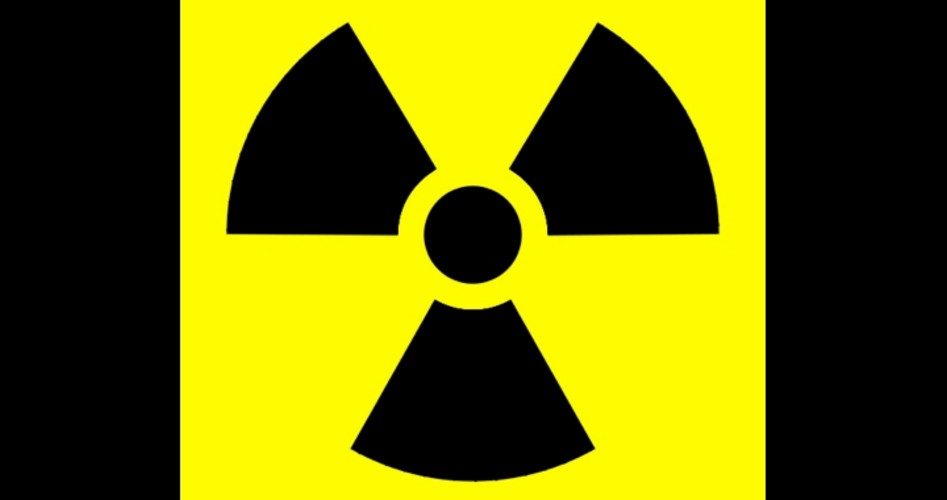
The earthquake and tsunami that hit Japan in March 2011 continue to claim lives more than a year and a half later. How is this possible? These twin disasters which killed or injured some 25,000 also damaged the Fukushima nuclear power plant on Japan’s eastern coast, causing a partial meltdown and release of radioactivity. But even according to UN officials, radiation is not the culprit in the ever-rising death toll. The Japanese government numbers subsequent “disaster related deaths” at 700 and rising, and most of those are related to the forced evacuation of roughly 90,000 people in the area of the damaged reactors.
“These people died in a chaotic scramble to escape presumably deadly radiation,” opines Lawrence Solomon, executive director of Energy Probe, in his recent Financial Post editorial. Solomon highlights details of one hospital evacuation during which eight patients died from the stress and exertion of a 12-hour bus ride to an evacuation center where, in the following three weeks, 32 more suffered the same fate from fatigue and lack of proper medical care.
Would their lot have been worse had they remained in close proximity to the leaking power plant? Dr. Jane M. Orient, executive director of the Association of American Physicians and Surgeons, answered that question a few days after workers had contained the leaks and stabilized the reactors. “If you stood at the gate of the plant for 10 hours at the highest dose-rate, you’d get as much radiation as from a full-body spiral CT scan.”
In fact, unlike “disaster related deaths,” Fukushima’s radiation-related death toll remains at zero. On this year’s anniversary of the calamity the UN Scientific Committee on the Effects of Atomic Radiation (UNSCEAR) officially announced that none of the six former power plant workers who died perished from the effects of radiation. Among workers who survived but were irradiated, UNSCEAR stated “no clinically observable effects have been reported.”
News reports compare Fukushima to the 1986 disaster at Chernobyl because a month after the catastrophe, Japan’s Nuclear and Industrial Safety Agency raised Fukushima’s International Nuclear and Radiological Event Scale grade from 5 to 7, the highest level attainable, and a grade equivalent to Chernobyl. Yet the media comparison is inept considering that the construction of the Soviet reactor included flammable materials and no protective containment vessel, and that dozens of radiation-related deaths ensued. On the contrary, as The Economist noted, the Fukushima reactors “were designed to withstand tremors of magnitude 8.2. That they survived relatively unscathed through a magnitude 9.0 earthquake … seems remarkable.” Yet there is little remarkable in the fact that such sound construction resulted in no radiation-related deaths.
But there is a suitable comparison in the public reaction to each disaster. In his book UnderExposed: What if Radiation is Actually Good for You?, author Ed Hiserodt describes the hazards of ignorance in regard to ionizing radiation. He cites the International Atomic Energy Agency in Vienna, which reported after Chernobyl that “there was an increase of between 100,000 and 200,000 European babies intentionally aborted by their mothers who feared they might be carrying ‘nuclear monsters.'” Yet Chernobyl delivered doses of radiation to European countries equivalent to fractions of quantities received in standard medical procedures such as CT scans and barium enemas. Ukrainians forced to resettle after the Chernobyl disaster were “saved” from amounts far less than standard background radiation on a Colorado plateau.
Hiserodt noted that government payments to victims of Chernobyl are still made today — to those who suffered forced eviction and/or trauma from fear of radiation — but none for negative effects from radiation itself. There are recorded health effects, but not the type expected. Dr. Vladimir Mikhalev, professor at Bryansk State University, has conducted extensive research related to children growing up in fallout areas since the 1986 disaster. In an ironic twist, he has discovered a stimulating effect of the increased radiation. Pravda reported:
According to Dr. Mikhalev, a lot of children living in Chernobyl-affected areas started growing faster in comparison with other children. They have better reactions; their brain activity is more active as well. Such children have a more powerful immune system in comparison with their equals residing in other territories.




